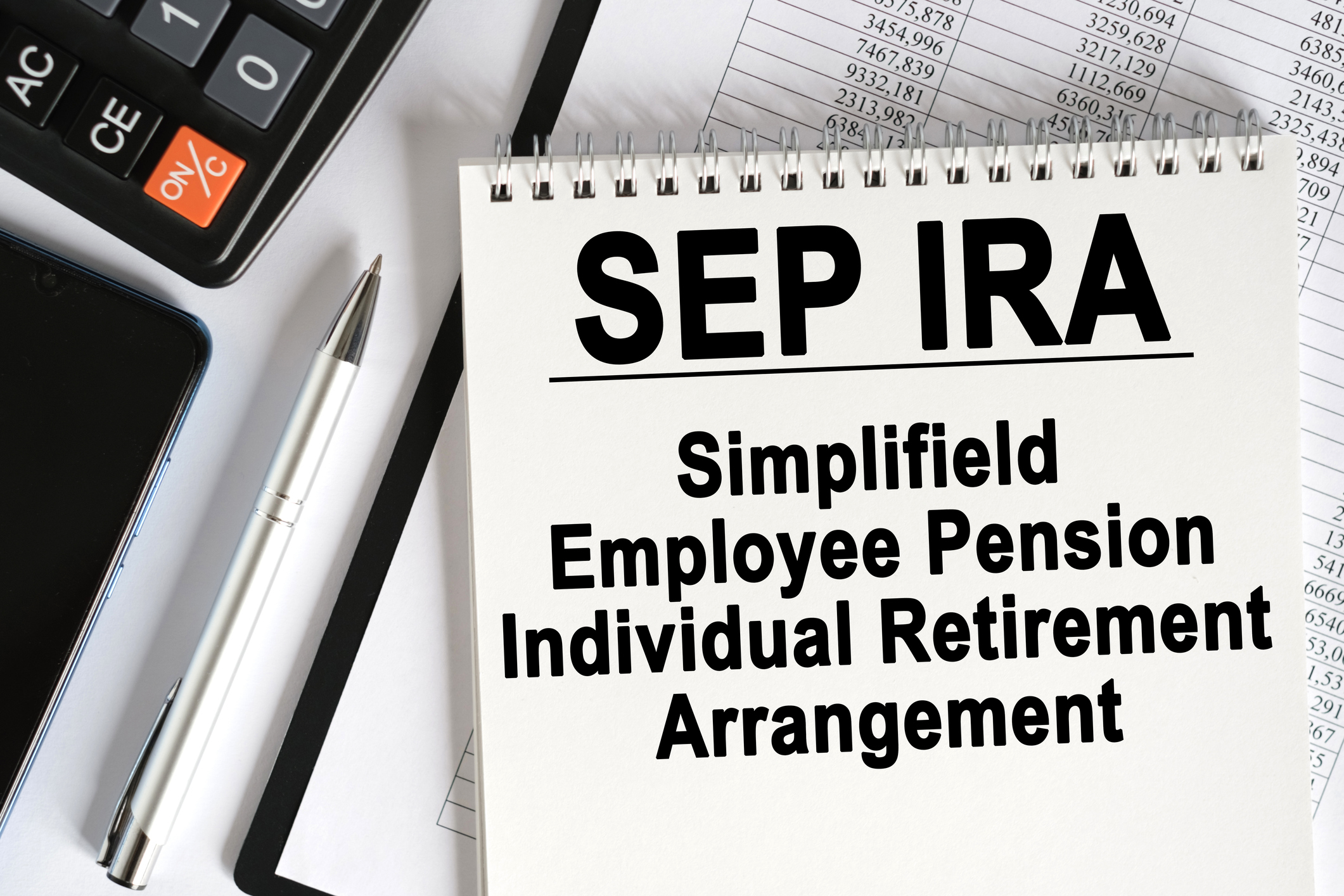Why You Don't Need a Living Trust
They are costly and often overhyped.

Living trusts are typically marketed as a way to avoid the cost and hassles of probate, the legal process used to determine that a will is valid and that your property is distributed according to your wishes. All too often, though, they're sold to people who don't need them, says Sally Hurme, a project adviser for AARP. An estate plan that includes a trust costs $1,000 to $3,000, versus $300 or less for a simple will. What a living-trust promoter may not tell you:
You don't need a trust to protect assets from probate. You can arrange for most of your valuable assets to go to your heirs outside of probate. A home or other property that's owned jointly with the right of survivorship goes directly to the joint owner when you die. Likewise, pensions, retirement accounts and life insurance policies automatically transfer to the beneficiary.
You can keep bank accounts out of probate by setting up payable-on-death accounts, which give the recipient immediate access to the money. A handful of states allow you to name a beneficiary for your car. And more than a dozen states allow transfer-on-death deeds for real estate, says Mary Randolph, author of The Executor's Guide, by Nolo.
From just $107.88 $24.99 for Kiplinger Personal Finance
Become a smarter, better informed investor. Subscribe from just $107.88 $24.99, plus get up to 4 Special Issues

Sign up for Kiplinger’s Free Newsletters
Profit and prosper with the best of expert advice on investing, taxes, retirement, personal finance and more - straight to your e-mail.
Profit and prosper with the best of expert advice - straight to your e-mail.
Probate doesn't have to be a nightmare. Many states have streamlined probate for small estates. In California, for example, inheritors of estates valued at up to $150,000, excluding property that passes directly to beneficiaries, can skip probate (see a list of state-probate shortcuts).
And in some cases, the supervision that probate provides is beneficial, Hurme says: "Somebody is looking over what the executor is doing, making sure all the assets are found, all the debts are paid, taxes are paid, and the terms of the will are being honored."
You must transfer property to a trust. For example, if you want your home to be included, you need to record a new deed transferring ownership to the trust. This can be a hassle, but if you overlook this step, the living trust is a "worthless piece of paper," Hurme says.
There may be unforeseen consequences. When you create a trust, you name yourself as trustee so you have control of the assets. Most married people name their spouse as joint or successor trustee. This could create problems if you become incapacitated and your spouse develops, say, dementia. Your family could be forced to have your successor or co-trustee declared incompetent to gain access to your finances. Randolph recommends naming another successor, such as an adult child, as trustee. Finally, don't believe anyone who says a living trust will make it easier to qualify for Medicaid. Assets in a living trust are "countable" for purposes of Medicaid eligibility.
Sometimes a living trust makes sense. For example, if you own out-of-state property, such as a vacation home, putting it in a living trust will save your heirs from probate in that state. And Danielle Mayoras, an elder-law lawyer, recommends living trusts to clients who want to disinherit a child or leave more to one child than the others because trusts are harder to contest than wills.
Profit and prosper with the best of Kiplinger's advice on investing, taxes, retirement, personal finance and much more. Delivered daily. Enter your email in the box and click Sign Me Up.

Block joined Kiplinger in June 2012 from USA Today, where she was a reporter and personal finance columnist for more than 15 years. Prior to that, she worked for the Akron Beacon-Journal and Dow Jones Newswires. In 1993, she was a Knight-Bagehot fellow in economics and business journalism at the Columbia University Graduate School of Journalism. She has a BA in communications from Bethany College in Bethany, W.Va.
-
 The SEC Is Concerned for Older Investors and Retirement Savers. Here's What You Should Know
The SEC Is Concerned for Older Investors and Retirement Savers. Here's What You Should KnowThe SEC focusing on older investors, retirement and college savers, and private securities. Here's how those changes impact you.
-
 Vesting, Catch-Ups and Roths: The 401(k) Knowledge Quiz
Vesting, Catch-Ups and Roths: The 401(k) Knowledge QuizQuiz Test your understanding of key 401(k) concepts with our quick quiz.
-
 Why You Should Pay Attention to Company Guidance
Why You Should Pay Attention to Company GuidanceUnderstanding how corporate profit forecasts affect analysts’ estimates and stock ratings can help you make investment decisions.
-
 9 Types of Insurance You Probably Don't Need
9 Types of Insurance You Probably Don't NeedFinancial Planning If you're paying for these types of insurance, you may be wasting your money. Here's what you need to know.
-
 Amazon Resale: Where Amazon Prime Returns Become Your Online Bargains
Amazon Resale: Where Amazon Prime Returns Become Your Online BargainsFeature Amazon Resale products may have some imperfections, but that often leads to wildly discounted prices.
-
 457 Plan Contribution Limits for 2026
457 Plan Contribution Limits for 2026Retirement plans There are higher 457 plan contribution limits in 2026. That's good news for state and local government employees.
-
 Medicare Basics: 12 Things You Need to Know
Medicare Basics: 12 Things You Need to KnowMedicare There's Medicare Part A, Part B, Part D, Medigap plans, Medicare Advantage plans and so on. We sort out the confusion about signing up for Medicare — and much more.
-
 The Seven Worst Assets to Leave Your Kids or Grandkids
The Seven Worst Assets to Leave Your Kids or Grandkidsinheritance Leaving these assets to your loved ones may be more trouble than it’s worth. Here's how to avoid adding to their grief after you're gone.
-
 SEP IRA Contribution Limits for 2026
SEP IRA Contribution Limits for 2026SEP IRA A good option for small business owners, SEP IRAs allow individual annual contributions of as much as $70,000 in 2025, and up to $72,000 in 2026.
-
 Roth IRA Contribution Limits for 2026
Roth IRA Contribution Limits for 2026Roth IRAs Roth IRAs allow you to save for retirement with after-tax dollars while you're working, and then withdraw those contributions and earnings tax-free when you retire. Here's a look at 2026 limits and income-based phaseouts.
-
 SIMPLE IRA Contribution Limits for 2026
SIMPLE IRA Contribution Limits for 2026simple IRA For 2026, the SIMPLE IRA contribution limit rises to $17,000, with a $4,000 catch-up for those 50 and over, totaling $21,000.